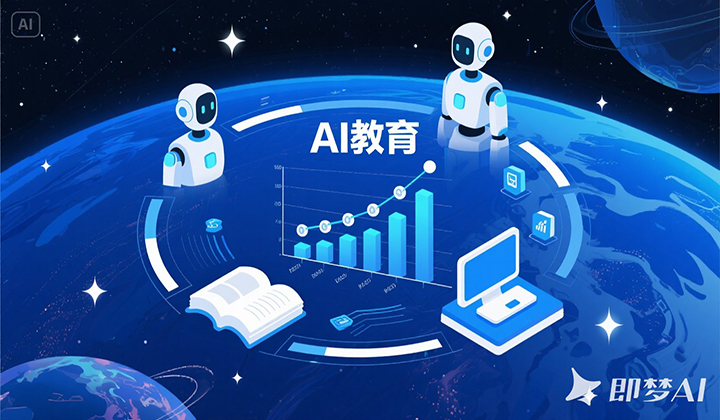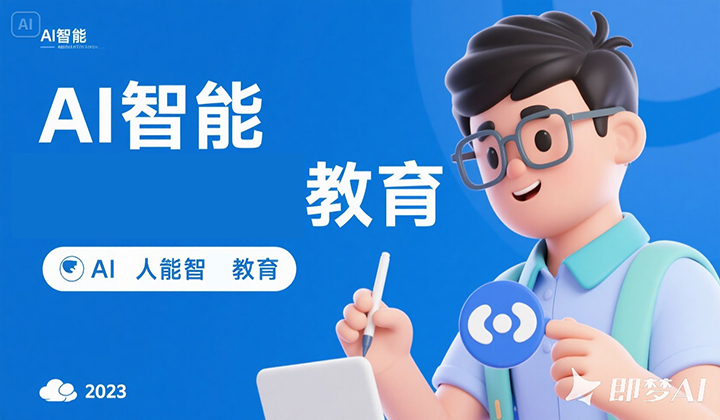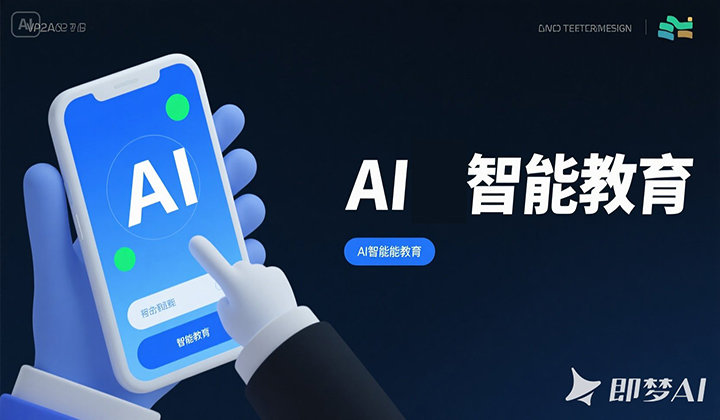AI in Education: Transforming Learning Today and Shaping the Future
Linlin 2025-06-05
In the contemporary era, the rapid advancement of technology has led to the integration of artificial intelligence (AI) into various aspects of our lives, and education is no exception. AI is revolutionizing the educational landscape, offering new ways of teaching and learning, and holding great promise for the future.
In the contemporary era, the rapid advancement of technology has led to the integration of artificial intelligence (AI) into various aspects of our lives, and education is no exception. AI is revolutionizing the educational landscape, offering new ways of teaching and learning, and holding great promise for the future.
Current AI - Enabled Educational Approaches
Personalized Learning
One of the most significant contributions of AI to education is personalized learning. Traditional classrooms often follow a one - size - fits - all approach, which may not cater to the diverse learning needs of students. AI - powered educational platforms can analyze a student's performance, learning speed, and preferences. For example, by tracking how quickly a student answers questions, the system can determine the student's understanding level. Based on this data, the platform can then customize the learning materials, such as adjusting the difficulty level of exercises, providing more in - depth explanations for challenging concepts, or suggesting additional resources for further study. This personalized approach ensures that each student can learn at their own pace, maximizing their potential.
Adaptive Learning Technologies
Adaptive learning is another powerful application of AI in education. These technologies use AI algorithms to continuously adapt the learning experience in real - time. If a student is struggling with a particular topic, the system can immediately identify this and provide more practice problems, alternative explanations, or even switch to a different teaching method. For instance, an AI - based language learning app might notice that a student is having trouble with grammar rules. It can then present more grammar - focused exercises, offer interactive examples, and provide instant feedback on the student's mistakes. This dynamic adjustment of the learning path helps students stay engaged and focused on areas where they need improvement.
AI - Powered Tutoring Systems
AI - powered tutoring systems are becoming increasingly popular. These virtual tutors are available 24/7, providing students with immediate assistance. They can answer questions, explain complex concepts, and even grade assignments. For example, a student working on a math problem at home can input the question into an AI - tutoring app. The app not only provides the correct answer but also breaks down the solution step - by - step, just like a human tutor would. Some advanced tutoring systems can also simulate real - life scenarios to help students better understand the application of knowledge.
Data - Driven Insights for Educators
AI can collect and analyze vast amounts of data related to student performance, behavior, and engagement. Teachers can use these data - driven insights to make more informed decisions. For example, by analyzing data from classroom activities and assessments, teachers can identify students who are at risk of falling behind. They can then intervene early, providing targeted support. Additionally, data analysis can help teachers evaluate the effectiveness of different teaching methods. If data shows that a particular teaching approach is not yielding good results for a majority of students, the teacher can adjust their teaching strategy accordingly.
The Future of AI in Education
AI - Driven Educational Content Creation
In the future, AI will play a more significant role in creating educational content. Intelligent content creation tools will be able to generate high - quality teaching materials, including lesson plans, quizzes, and even entire courses. For example, an AI system could analyze educational standards and learning objectives, and then create a comprehensive lesson plan that includes engaging multimedia content, interactive activities, and assessment questions. This will save educators a great deal of time and effort, allowing them to focus more on the actual teaching process.
Integration of Virtual and Augmented Reality
The future of education will likely see the widespread integration of virtual reality (VR) and augmented reality (AR) technologies, powered by AI. VR can create immersive learning experiences, allowing students to visit historical events, explore far - off places, or conduct virtual experiments that are difficult or dangerous to perform in real life. AR can overlay digital information onto the real - world environment, enhancing students' understanding of complex concepts. For example, in a science class, students could use AR - enabled devices to view 3D models of molecules or see how plants grow in real - time. These immersive technologies, combined with AI - driven adaptability, will make learning more engaging and effective.
Global and Inclusive Education
AI has the potential to make education more accessible and inclusive on a global scale. Online learning platforms, enhanced by AI, can reach students in remote areas who may not have access to traditional educational resources. Additionally, AI - based language translation tools will break down language barriers, allowing students from different parts of the world to access educational content in their native languages. For example, a student in a rural village in Africa could access high - quality educational courses from around the world, translated into their local language, through an AI - powered learning platform.
In conclusion, AI is already transforming the way we teach and learn, and its potential for the future of education is limitless. By leveraging AI technologies, we can create a more personalized, engaging, and inclusive educational experience for students worldwide. However, it is important to ensure that the implementation of AI in education is guided by ethical considerations and the overall goal of enhancing human learning and development.














